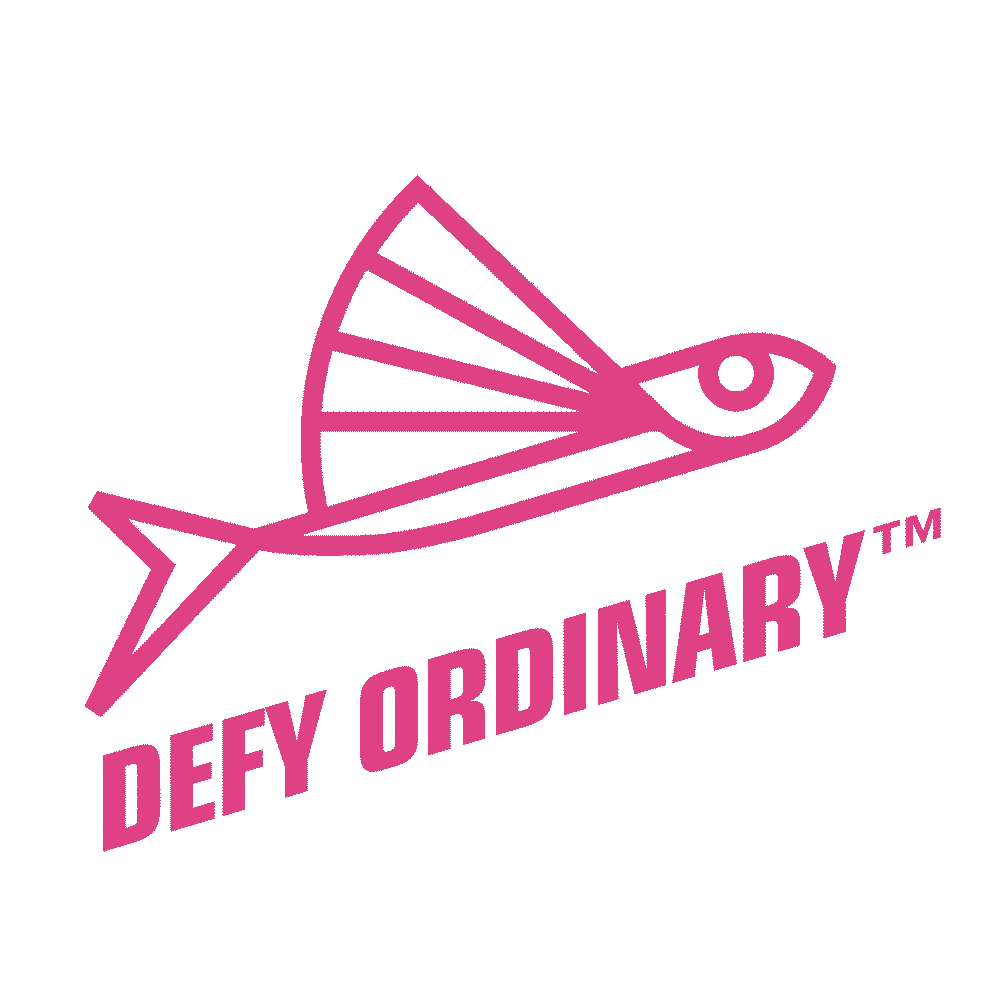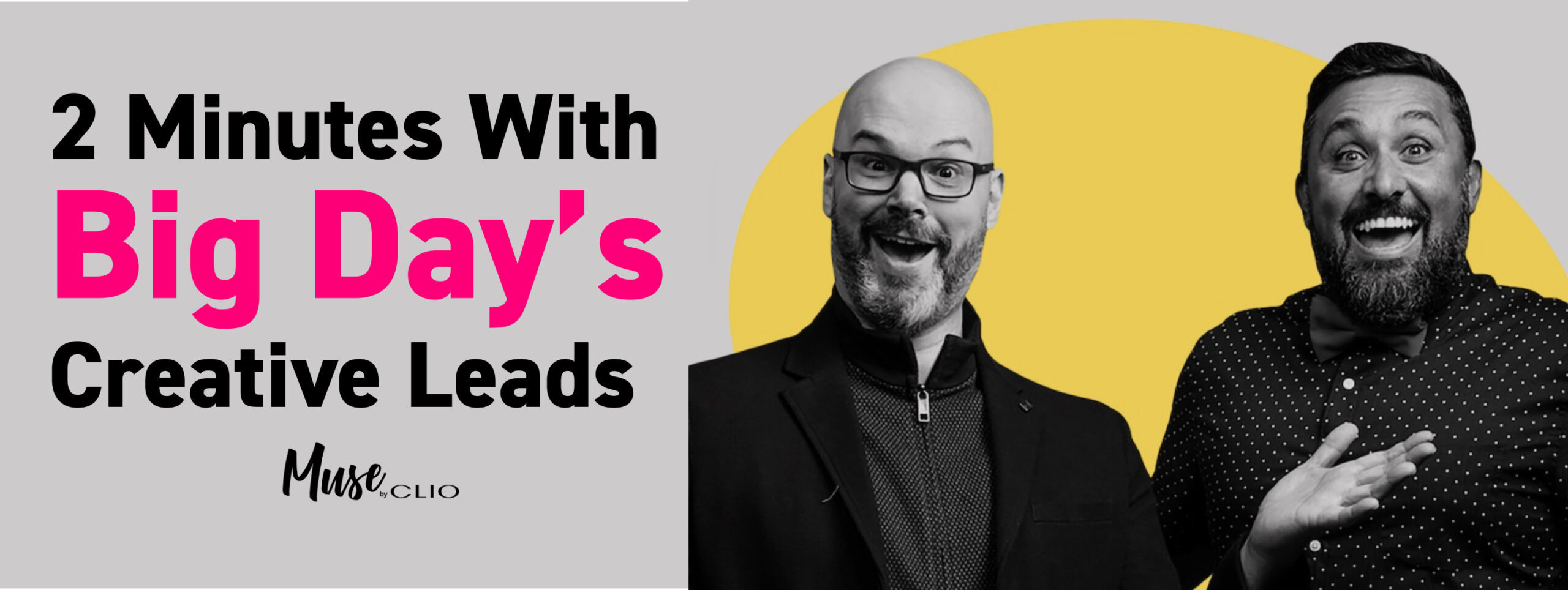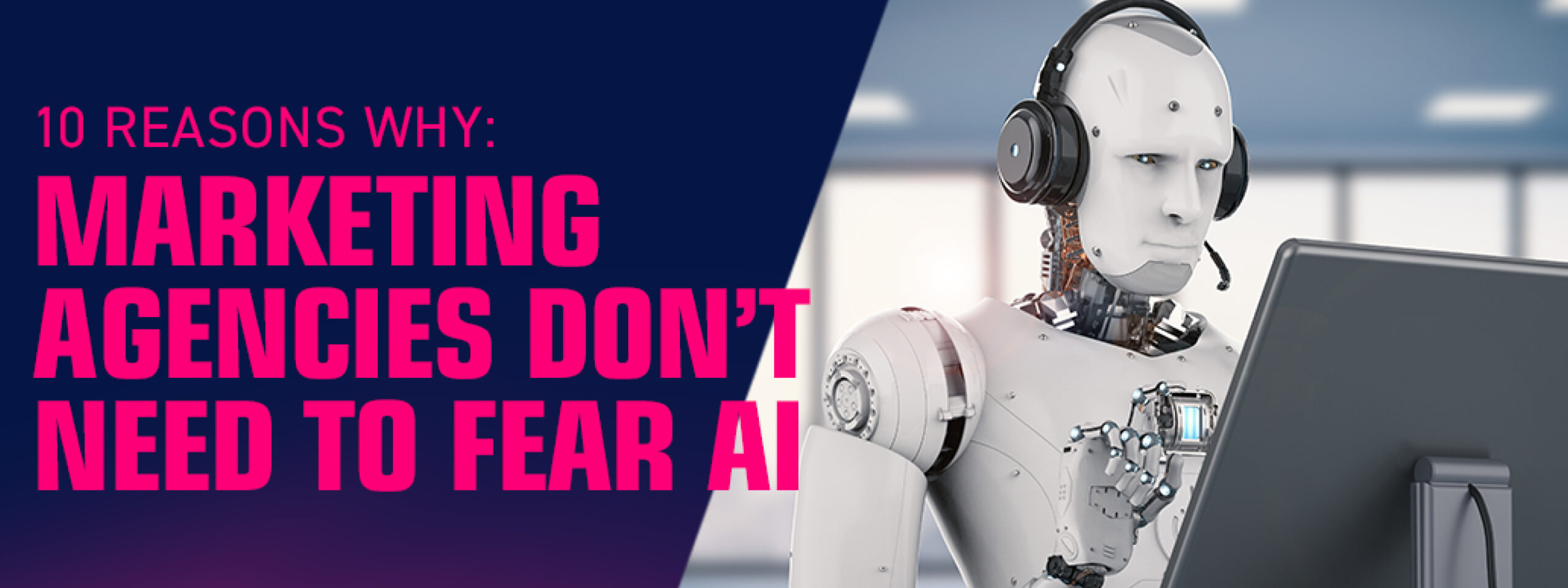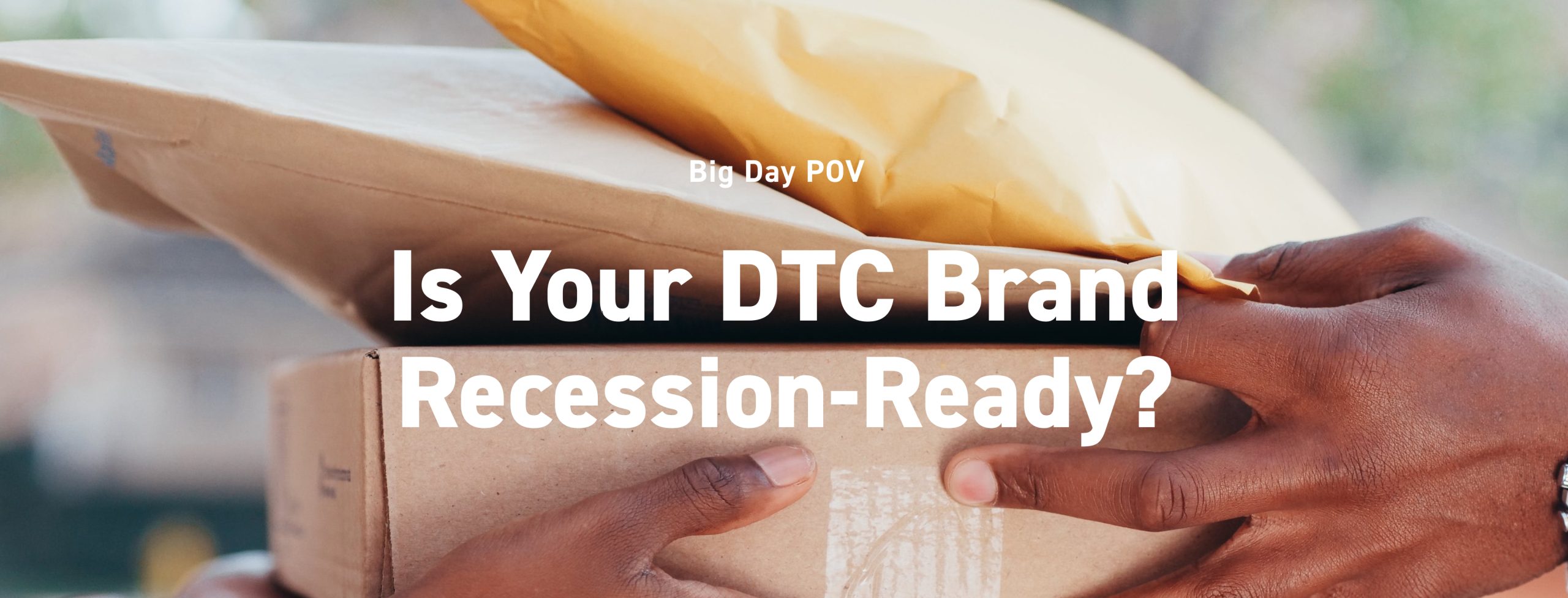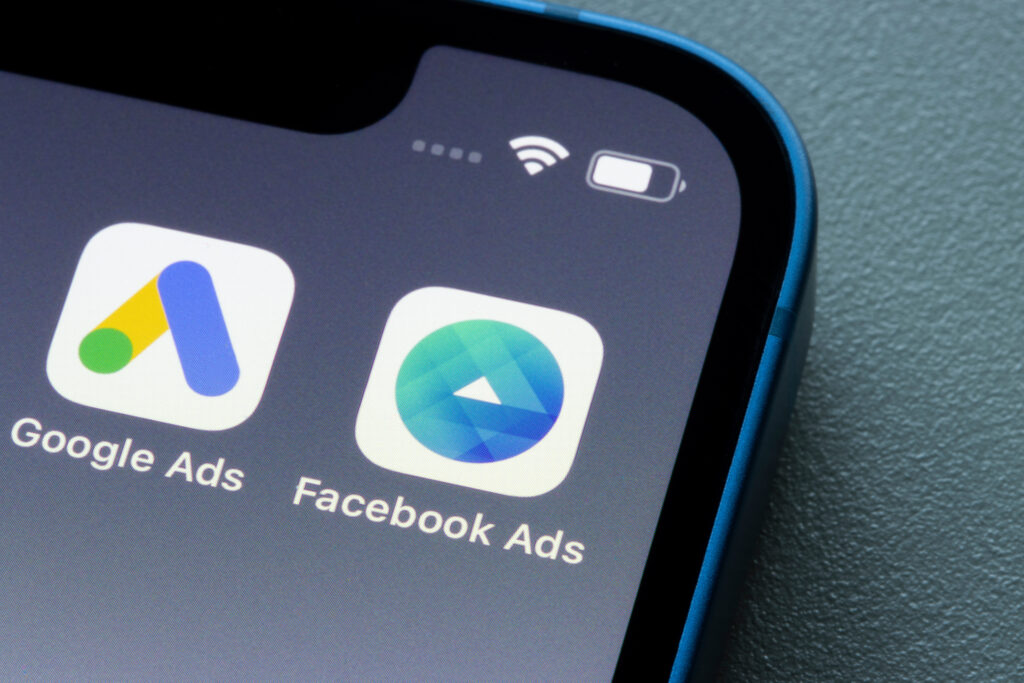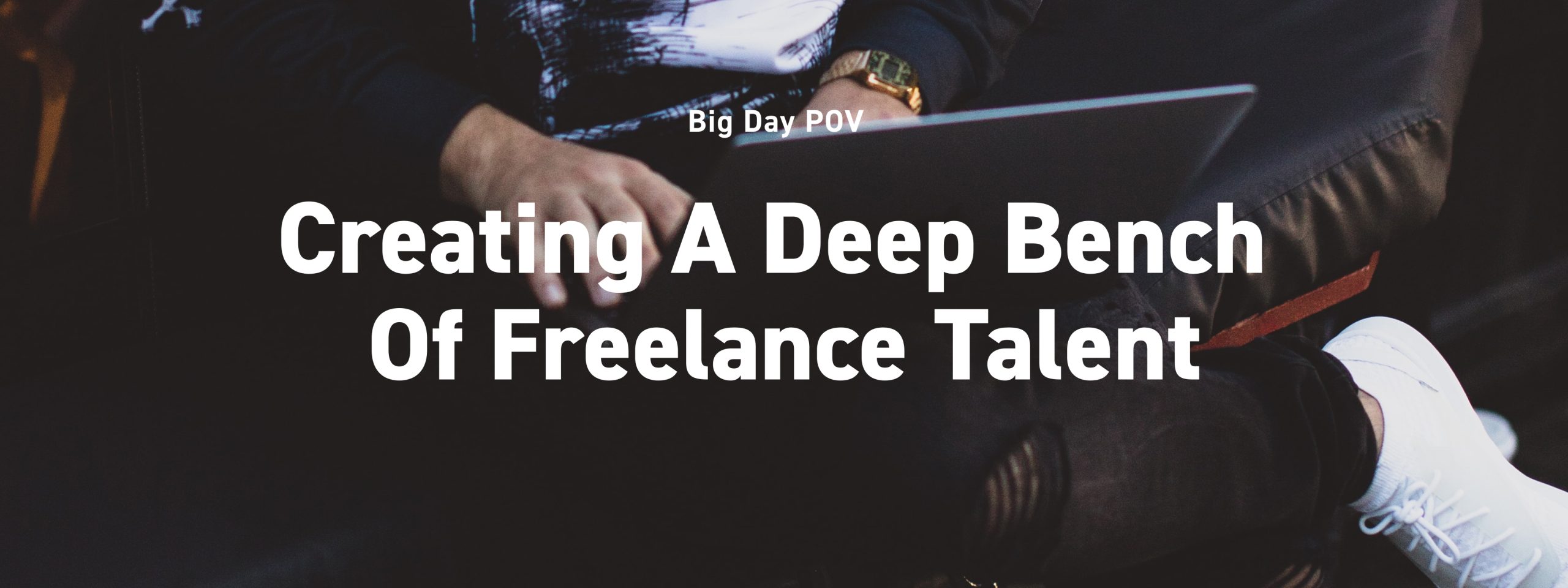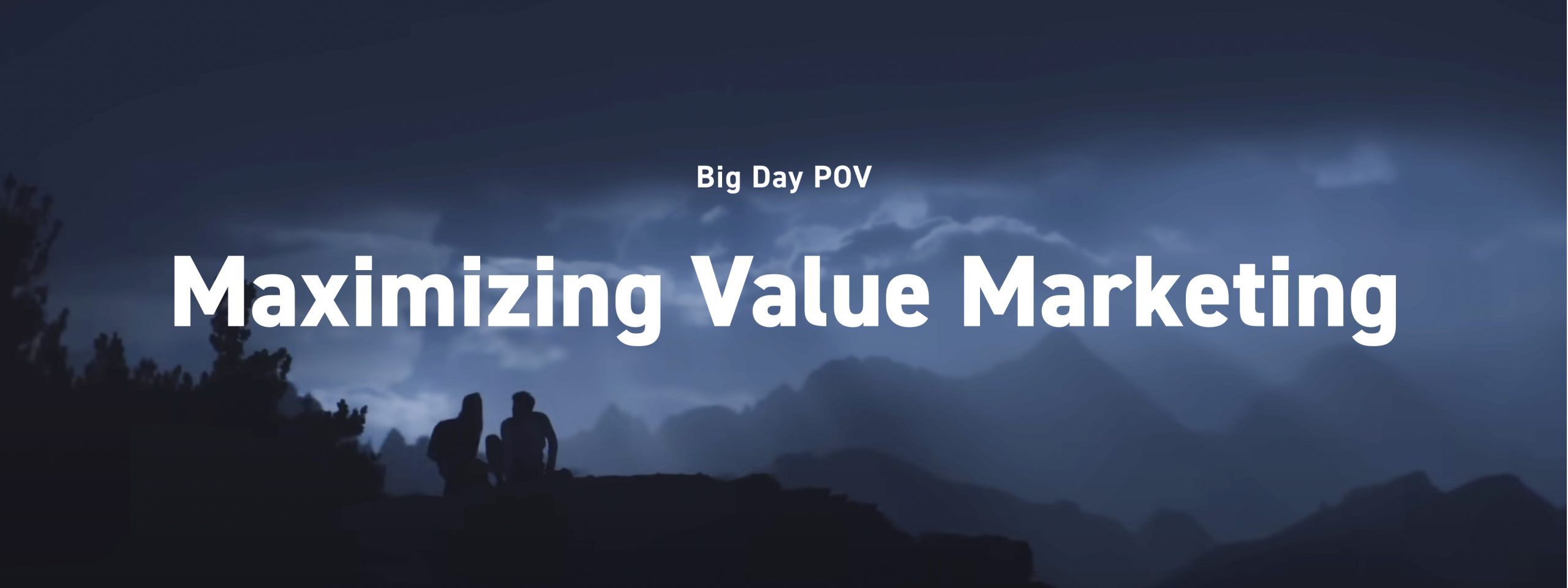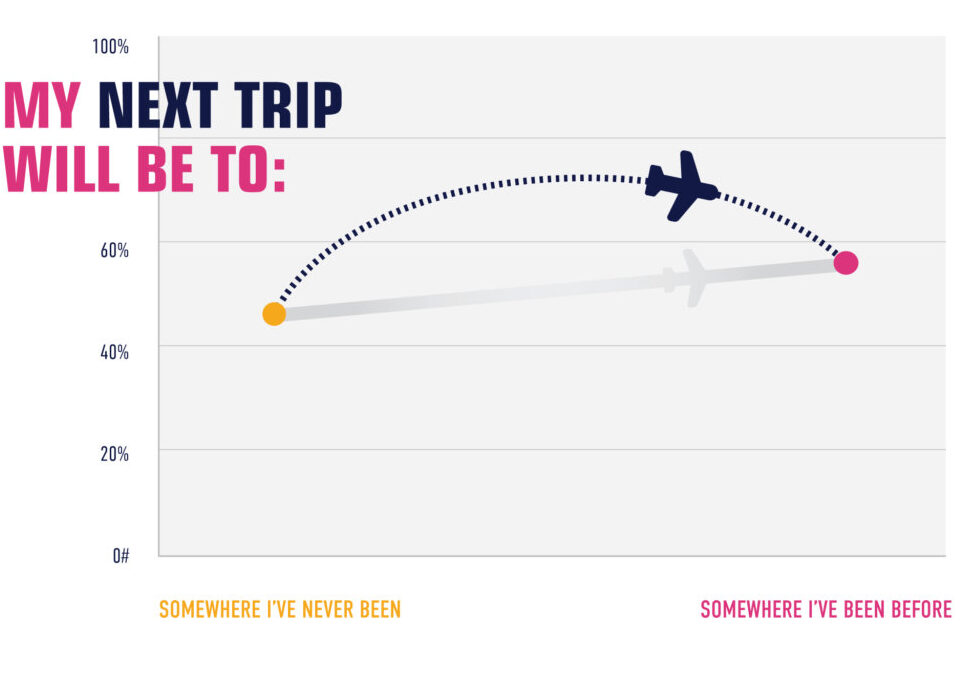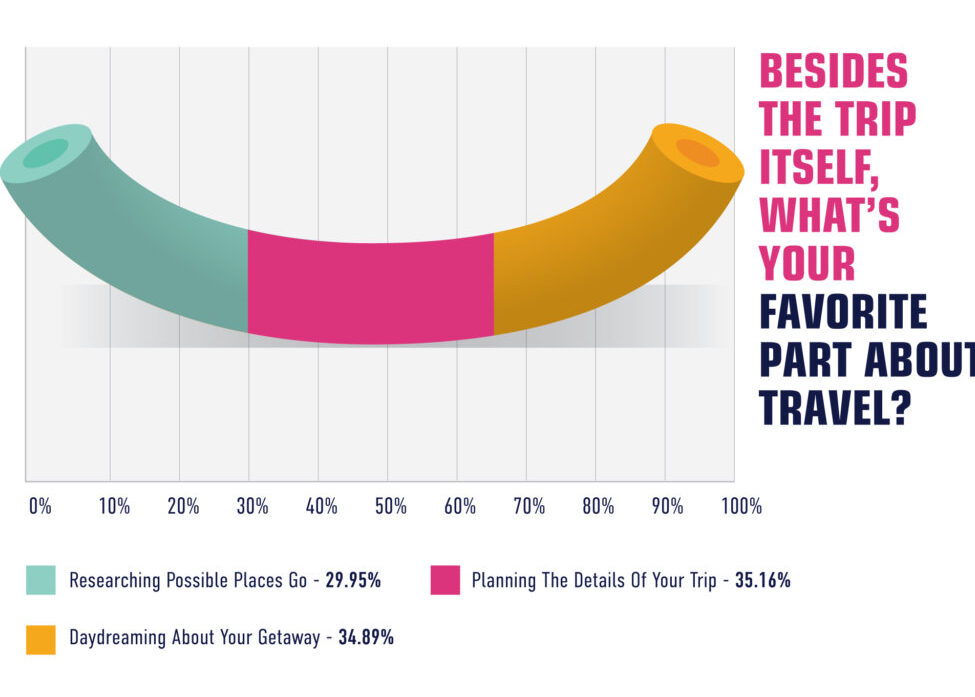BY Jessica MacAulay, PUBLISHED JUNE 18, 2023 MUSE BY CLIO
Before co-founding Big Day, Ahab ran Gut Branding, where he did everything from product and packaging design to multimedia campaigns for companies and agencies like BBDO and Phenomenon. Prior to that, he worked at Vitro and Waylon. Always looking to make “beautiful things that work,” his portfolio boasts ads for Budweiser, Ford, Pepsi, Disney, NFL and Shell. In his spare time, you can find Ahab bodyboarding or grilling. He’s yet to figure out how to combine the two. Give him time.
Before co-founding Big Day, Peter was the executive creative director at Mirum/Wunderman Thompson. While there, he led U.S. creative for Shell retail, ran Royal Caribbean’s B2B account and oversaw global digital for Rolex. He got his start as a copywriter at MacLaren McCann, Proximity and SapientNitro, working with clients including Sony, Doritos, FedEx and GM. Before that, Peter wrote television shows, but made the move to advertising because he wanted fewer egos, less politics and better snacks. One out of three ain’t bad.
We spent two minutes with Ahab and Peter to learn more about their backgrounds, creative inspirations and some recent work they’ve admired.
Ahab and Peter, tell us…
Where you grew up, and where you live now.
Ahab: I was born in Nazareth, Israel, and moved to Portland, Ore., when I was four. We moved to San Diego when I was in fifth grade, so I did most of my growing up here in Southern California.
Peter: I grew up in Ottawa and now live in La Jolla, Calif.
How you first realized you were creative.
Ahab: I loved to draw at an early age. I drew all the time, but never thought I was good enough to do it professionally. I only started to notice that I was “creative” as I got a bit older. I would always be the one in my friend groups coming up with weird names and logos for random clubs, teams, etc. That really became apparent in my screen printing class in high school when we had to start making up company names along with business cards and things like that.
Peter: My book reports in grade school tended to be a little more involved than other people’s. Costumes, extras and props were usually required.
A person you idolized creatively early on.
Ahab: I have always been enamored of M.C. Escher’s art. I also love music and think it is one of the most impressive expressions of creativity.
Peter: Dan Aykroyd. I sent him a screenplay in a giant cardboard box when I was 13, and he wrote me back! Made me realize that anything is possible.
A moment from high school or college that changed your life.
Ahab: Hmm, so many ways I can take this. I could bring up the aforementioned screen printing class in high school, but that is more of a retrospective moment that really didn’t have much impact on my path. I would say that being a (self-proclaimed) professional hacky-sacker through a couple of years of trying to attend junior college is what really shaped me. It confirmed that I had no business being in a traditional school or pursuing a traditional job.
Peter: I ran for school president and won, even though basically no one knew who I was. It was a pretty good speech.
A visual artist or band/musician you admire.
Ahab: Dr. Seuss is still one of my favorites. Every time I see any of his books, art, anything, I immediately know it’s his and it instantly takes me back to every moment that I’ve ever interacted with it. So original and powerfully nostalgic.
Peter: Gary Larson, creator of The Far Side. Probably the only true genius of the last 100 years.
A book, movie, TV show or podcast you recently found inspiring.
Ahab: I love/loved Severance on Apple TV. It was so interesting and captivating. I couldn’t stop watching and getting sucked into the characters, scenes and layers of all the stories. Amazing!
Peter: Poker Face on Peacock. Love the throwback Columbo vibes.
Your favorite fictional character.
Ahab: Prince Akeem Joffer from Coming to America. He was so humble yet commanding. My favorite thing about that character is that all he wanted was for someone to know and see him for his true self.
Peter: Frasier. Followed by Niles. Then Leslie Knope.
Someone or something worth following in social media.
Ahab: Nothing and no one. Put your phone down and go outside.
Peter: The There Was an Attempt subreddit.
How Covid-19 changed your life, personally or professionally.
Ahab: I had a fairly successful and thriving boutique agency leading up to Covid, so when Peter and Kristie decided they wanted to team up to start Big Day, it was terrifying and really wasn’t necessary for me. But with the uncertainty of the times and how the pandemic exposed how delicate our industry, country and lives are, It actually made it easier to just dive in head first. No risk, no reward.
Peter: Covid was the catalyst for starting Big Day with my two partners. It was the perfect time to take control of doing what we love to do. It also made me realize that an agency can thrive with a decentralized office. You don’t need to be surrounded by people wearing noise-canceling headphones to do your best work.
One of your favorite creative projects you’ve ever worked on.
Ahab: I absolutely loved working on the KNEKT brand story video. Not only was it for a product that I loved, but I also happened to idolize the founders growing up. They were two of my favorite professional bodyboarders, and even more importantly than that, they were among the most genuine people I have ever met. I got to spend a week running around Oahu with them and other surf photography and waterman legends. It was a dream project and a piece of work that I still love to watch every now and again.
Peter: The spot I worked on for Shell V-Power Premium Gasoline. I love that we managed to do an ad for high-performance fuel that didn’t show a single flaming piston or a sports car winding its way up the coast. But we did have ninjas.
A recent project you’re proud of.
Ahab: I love the “Dream Machine” spot we created with Casper. It was so fun to harness my inner Dr. Seuss to envision a fictional factory that went to extreme lengths to build something as simple as a mattress. It was not only fun to watch, it also did a good job explaining the technical benefits of the product.
Peter: I’m very proud of the first commercial we did for HexClad. When you get to work with a celebrity with the wattage of Gordon Ramsay, it’s tempting to make the spot revolve around them. But we focused on making the cookware the star, with Gordon taking it over the top.
Someone else’s work that inspired you years ago.
Ahab: There’s been so much cool shit created over the years. To just pick one seems impossible! Oh, I got it! “Ship my Pants” for Kmart. Nuff said.
Peter: There’s an ad for Penn tennis balls from probably 40-50 years ago where two lab-coated researchers drop two Penn tennis balls from a skyscraper to show how consistently they bounce. Then the V.O. continues “And now for the competition…” and the same researchers grab a bewildered man in a suit (the “competition”) and lob him off the side of the building. Haven’t been able to find it online recently, but it’s a masterpiece.
Someone else’s work you admired lately.
Ahab: The one that I’ve recently seen that made me SO jealous that I didn’t get to work on it was Ocean Spray’s “Power of the Holidays” spot. It’s such a simple idea, based on a simpler observation, brought to life in a memorable way. The art direction, casting, styling and way it was shot was perfect.
Peter: Apple’s “R.I.P. Leon.” Also pretty perfect. Suspect it’ll be the ad of the year.
Your main strength as a creative person.
Ahab: I process everything visually. No matter if I’m reading, speaking, writing or thinking … there are always visuals or pictures that immediately pop into my mind.
Peter: I can spot much bigger ideas in little ones.
Your biggest weakness.
Ahab: I can get bored and lose focus very quickly (ADHD). So, if I’m not into a project, product, task, etc. my inspiration tank can empty quickly. Luckily for my partners and my clients, I get pretty excited about a lot of random shit.
Peter: I probably humor ideas that I know won’t work for too long hoping for a miracle to save them.
One thing that always makes you happy.
Ahab: The ocean. Seeing it, smelling it, riding it or just floating in it. It never fails.
Peter: Walking into Costco. I never know what those maniacal retail savants will force me to buy—but, no question, it’s going to be amazing.
One thing that always makes you sad.
Ahab: The effect jerks have on people around them. Bad eggs with bad energy can suck the life out of any movement. Life’s too short to not enjoy as many moments as we can.
Peter: Series finales. Doesn’t even have to be a show I particularly care for. Those little cutaway interviews they run during the final credits always get me. It’s closing the door on something that will never exist again.
What you’d be doing if you weren’t in advertising.
Ahab: I might have some sort of food truck or coffee shop where I work from 5 a.m. to 2 p.m. and just cruise the rest of the day.
Peter: Working in television and/or at Costco.
